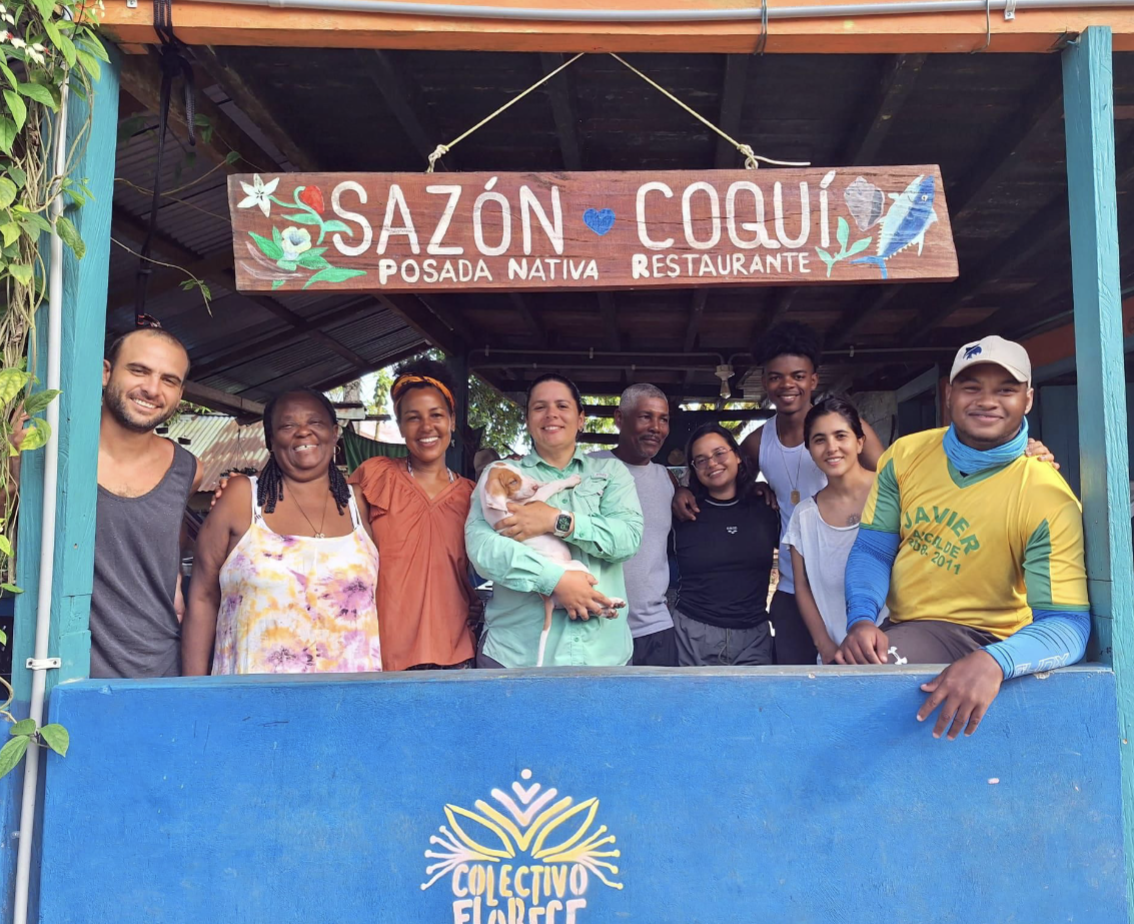September 18, 2024
By Alex Moore
Commencing last fall, An Aesthetics of Resilience is a collaborative research initiative between UC Santa Cruz’s Institute of the Arts and Sciences (IAS) and Friedlaender Lab that creatively addresses shared experiences of vulnerability in the face of ongoing climate crises.
The project funds innovative research in both the arts and sciences, including three scientific
studies investigating the impacts of various environmental changes on marine mammals and
seven newly commissioned artworks that respond to the broader social, economic, and
ecological contexts of these scientific studies. Concurrently, participating artists, scientists, and
scholars meet regularly to discuss their individual work and wide-ranging topics such as the
ethics of the scientists’ invasive tagging practices or concerns with the emerging biocredit
market .
An Aesthetics of Resilience provides hands-on opportunities for artists to observe the material
practices of scientific data collection. This past summer, commissioned artists Carolina Caycedo
and Suné Woods each traveled to Colombia to join Dr. Natalia Botero-Acosta, one of two
postdoctoral researchers on this project, as Botero-Acosta conducted humpback whale surveys
in Colombia’s Gulf of Tribugá.
Though the funding for this project emphasizes building the climate resilience of California,
looking at climate vulnerability through the lens of marine mammals emphasizes the necessity
of thinking beyond state or national borders. For example, the whales seen in Colombia in the
summer will be in Antarctica come winter. “By understanding the migratory behavior of whales
between Colombia and Antarctica, we deepen our understanding of the costs associated with
these long-distance journeys and the threats they face along the way,” explains Dr. Ari
Friendlaender. “We can then turn to the whales closer to home in Monterey Bay and compare
and contrast how these whales migrate, the risks that they face, and how they are adapting to
changes in their ecosystem both where they breed and where they feed.”

Visiting Botero-Acosta in Colombia was an important opportunity for Caycedo and Woods to
observe the social, ecological, and environmental contexts that shape and inform Dr. Botero-
Acosta’s research. Reflecting on her experience with Botero-Acosta, Woods noted the level of
attention that whale surveying requires. She commented, “I learned so much from being on the
water, waiting and observing with all my senses.” But she also emphasized the local community
that welcomes Dr. Botero-Acosta and the whales each year as the context for the scientific research. “What was potent to me about my experience in Coquí was the sense of community
that I immediately felt, how people greeted and embraced each other with elevated spirits, and
how folks came together from different towns or cities, all arriving by boat, to celebrate and
mourn a loved one.”
It is this broader perspective, not limited by the conventions of traditional scientific inquiry, that
both Friedlaender and Botero-Acosta see as a vital facet of this collaboration. “I think the most
interesting part of this is to see everything through the perspective of someone outside of
science,” noted Botero-Acosta. “I got a peek at the artists’ thought processes and had the
chance to discuss our protocols and the way we do things—to question science’s processes.”
Along similar lines, Friedlaender commented, “Because all of the artists are coming from
different points of view and backgrounds and knowledge bases relative to us as scientists, this
allows each of them to come at the issue with novel ideas and concepts as well as questions
that we may have either overlooked or not considered important.”
The artworks and scientific data resulting from this project will be documented in a forthcoming
catalog and displayed in an upcoming exhibition at the Institute of the Arts and Sciences from
May through December 2025.




